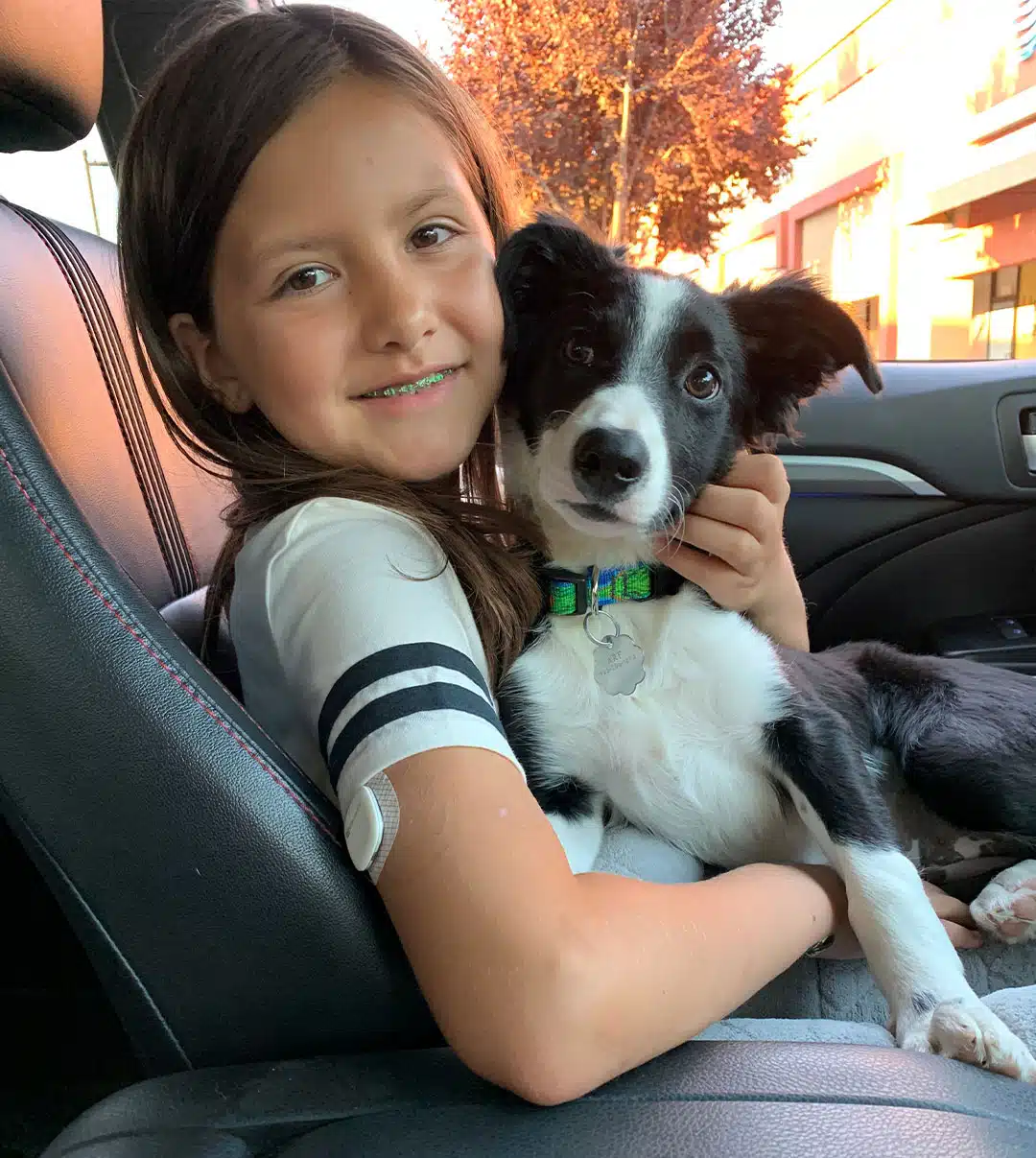
From a young age, dogs learn to use their mouths to explore their environment. Some dogs may use their mouths in socially unacceptable ways. For example, it is socially acceptable for a dog to use his mouth to wrestle and nibble during play with another dog, but it is socially unacceptable for that same dog to use their mouth to wrestle and nibble on people during play time with a person.
Below are some suggestions for managing a dog who may be using their mouth inappropriately.
Reasons a Dog May Put Their Mouth on You
There are many reasons a dog may put their mouth on you, and your dog may end up doing so for not one but many reasons:
- During playtime
- To get your attention
- When bored or frustrated
- When excited
- When overwhelmed or threatened
Mouthiness Management
Two key tools to manage a mouthy dog are:
- Avoid the triggers
- Provide appropriate outlets
During play: If you know that your dog will get to aroused when the play goes on for too long, then make an effort to keep playtime short and start to tone it down before mouthing occurs. If your dog enjoys playing tug, then make sure you have a toy that is long enough for your dog to easily hold on to without accidentally nicking your fingers. If your dog tries to mouth you when you take a toy away, don’t take toys away from your dog. Instead, trade them for something better.
So What Should I Do About Play-Biting? The best policy for owners of young puppies (age 6-16 weeks) is to allow play-biting provided it is not too hard. Hard bites should result in time-out penalties — cessation of play (leave the puppy alone or put them in a penalty box for a minute) — as a consequence. Only when the puppy has gotten reliable about biting more softly should play biting be phased out altogether, by re-directing the puppy to toys and giving consequences for all bites. This way, the dog has a much better chance of growing up with good bite inhibition. Free-play with other puppies and friendly adult dogs is another good forum for puppies to develop bite inhibition.
To get your attention: Teach the dog to sit to ask for things. The sit behavior will replace the mouthing behavior. Rather than mouthing you for attention, they will sit nicely in front of you. This should all happen simultaneously with ignoring the dog when it demands attention with its mouth. Anticipate when your dog may demand something and cue or lure them into a sit instead.
When bored or frustrated: Provide your dog with more mental and physical stimulation and appropriate things to chew on, instead of your hand. You may need to audition different toys (stuffed toy, squeaky toy, bully stick, KONG, etc.) or activities (fetch, tug, long walk, treat treasure hunt, etc.) to find what your dog will really enjoy.


